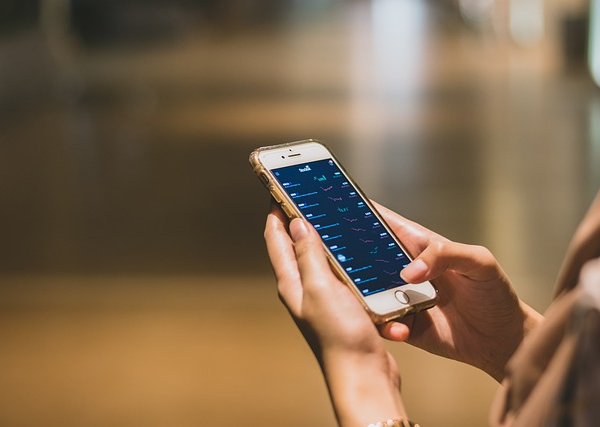From checking the weather and answering work emails to listening to our favorite VA podcasts, it’s hard to understate how much smartphones have changed our lives.
Jennifer Nemeth, business operations and staffing coordinator with the business intelligence team in VA’s Homeless Programs Office (HPO), believes smartphones are now essential medical devices.
On this episode of Ending Veteran Homelessness, Nemeth talks about why VA purchased 10,000 smartphones for Veterans at the height of the pandemic, and how the phones have proven to be necessary when it comes to protecting Veteran health outcomes and preventing Veteran homelessness.
Listen to “S1EP7: Telehomeless: How VA Puts Smartphones into the Hands of Homeless Veterans” on Spreaker.
Finding a new service plan
At the onset of the COVID-19 public health emergency in March 2020, HPO directed staff across the country to dramatically decrease face-to-face encounters with Veterans.
This was critical in keeping Veterans experiencing homelessness as safe as possible by minimizing transmission of the virus, as they were—and remain—a vulnerable population. Like most organizations in the earliest days of the pandemic, Nemeth recalls, “It did throw us for a loop.”
Nearly all essential VA homeless program services, from outreach activities to visiting shelters and Veteran homes, were reliant on face-to-face interaction before the pandemic hit.
VA caseworkers needed to find ways to adapt and adjust—and fast. (Learn more about how VA responded to the needs of Veterans experiencing homelessness in the earliest days of the pandemic by listening to Episode 1 of this podcast.)
“A huge undertaking”
It is not an exaggeration to say that finding a way to maintain strong communication between VA caseworkers and Veterans experiencing homelessness was vital to protecting Veterans’ lives.
For individuals experiencing homelessness, having the most up-to-date and accurate information on what resources were available and what services remained in operation could determine if they had a meal to eat or a place to sleep at night.
With in-person medical care delivery interrupted across the country, all Americans—including Veterans—needed a new way to engage with their health care providers. For many of us, telehealth has proven to be an adequate and safe method of monitoring non-urgent health issues. But for Veterans without a home, internet access, or the right technology, the benefits of telehealth were unobtainable.
Thanks to dedicated VA employees, this changed quickly. “We have really great staff that advocate for our Veterans in our national office who pursued a huge undertaking with leadership to see what ability we would have to get devices out to the field and to our Veterans,” Nemeth says.
App-lying full potential
After ordering 10,000 new smartphones, VA staff worked diligently to get the technology into Veterans’ hands as soon as possible.
Initially, the smartphones were provided to Veterans in the HUD-VASH program, the collaborative program that combines VA’s case management and supportive services for Veterans with HUD’s Housing Choice Voucher rental assistance. They were considered “loaner devices.”
“This is our means of remaining connected to health care for our Veterans.”
The phones were programmed to only allow VA apps, such as VA Video Connect. That’s an application that allows Veterans to quickly and easily meet with their VA health care providers over encrypted live video on a mobile device or computer.
While these devices proved useful, VA …….
